Popular on Food52
16 Comments
Laura
May 30, 2017
Some of the quantities are different in the printed version than in the version above. Please help! Thank you, Laura
Wiser
June 20, 2016
I can't you went to college . . . just to end up loving to bake, something the feminists frowned on which I took to heart and ended up spending most of my life working toward a "career" that never materialized. I'm a happy wife and my retirement means I don't have to look for a job any longer.
Lynda W.
May 11, 2016
I am mystified by the difference in the biga recipe given on this page and the one on the "see the full recipe" page. I know it probably makes no significant difference, but still...
Joey B.
March 6, 2015
Hey Erin, Thank you so much for posting this. There's something about making bread with my own two hands that brings me an overwhelming feeling of satisfaction. Using the organic whole wheat flour I had lying around, I ended up with two fine loafs of ciabatta. Thanks again for the recipe, and as a side note, my favorite desert is blueberry torte (especially when it's made from scratch).
Vicki
January 5, 2015
Just after I stocked up on "bread" flour, I purchased Ken Forkish's book "Flour, Water, Salt and Yeast". In his book, this renowned baker recommends to use LOWER protein, all-purpose, unbleached flour in bread making as opposed to "bread flour" which has a much higher protein content.
He goes on to say that these lower-protein flours have more in common with the flours used in French and Italian artisan bakeries and produce a crumb that is delicate; a dough that ends up less tight and more pliable; and results in an open crumb bread with a crust that blooms well during baking.
Would you kindly give your opinion on this concept. Thanks much.
He goes on to say that these lower-protein flours have more in common with the flours used in French and Italian artisan bakeries and produce a crumb that is delicate; a dough that ends up less tight and more pliable; and results in an open crumb bread with a crust that blooms well during baking.
Would you kindly give your opinion on this concept. Thanks much.
AntoniaJames
September 12, 2014
Erin, I had my hope up (so high) when I saw this sentence, above:
t’s ideal to scale bread recipes by weight since it's the best way to ensure accuracy, but I've provided volume measurements, too."
The key word, here, is "too." It seems that you intended to provide both volume and weight measurements, but alas, when I checked the full recipe, it states volume only. Help! (I'd do a conversion, as noted in several of my comments to other posts, but I have seen some seriously puzzling discrepancies between Food52 test kitchen equivalents, e.g., 140 - 144 grams per cup vs the 120 noted on the King Arthur Flour bag, and most other commercially milled AP flours, so I hesitate to proceed that way.)
Thank you in advance. Cheers! ;o)
t’s ideal to scale bread recipes by weight since it's the best way to ensure accuracy, but I've provided volume measurements, too."
The key word, here, is "too." It seems that you intended to provide both volume and weight measurements, but alas, when I checked the full recipe, it states volume only. Help! (I'd do a conversion, as noted in several of my comments to other posts, but I have seen some seriously puzzling discrepancies between Food52 test kitchen equivalents, e.g., 140 - 144 grams per cup vs the 120 noted on the King Arthur Flour bag, and most other commercially milled AP flours, so I hesitate to proceed that way.)
Thank you in advance. Cheers! ;o)
Liza's K.
March 18, 2015
When you click the "see full recipe..." link, it shows you the weight measurements also.
Matt L.
September 3, 2014
Thanks for the article - I've never tried a preferment, sounds a bit like a sourdough starter? Have you guys tried proving in the refrigerator instead? I find I can prove (without over proving) my dough for up to 36 hours and it tastes amazing (plus I can use it whenever I want). Works brilliantly for things like Barberi Bread (Persian yeasted flatbread). Here's how I do it if you want the recipe, www.timedeating.co.uk/homemade-barberi-bread
Erin J.
September 3, 2014
A preferment is similar to a sourdough, though it doesn't take nearly as much time and attention to begin to make! Just one day is all you need. And yes, I often use the overnight in the refrigerator method of fermentation - I love the deeper flavor it gives to breads! I haven't tried it on this recipe, so be sure to let me know how it works out!
Windischgirl
September 1, 2014
My fav kitchen tool is a Danish dough whisk. It uses kneading movements, moves easily through wet doughs, and excess dough slides off easily when it's time to clean up. More fun than doughy hands! I bought mine for about $8, certainly cheaper and easier to store than a stand mixer (That said, I'm not giving up my KitchenAid anytime soon!).
Ann-Marie D.
August 30, 2014
I can´t think of any bread you can´t make with your hands? Kneading for 10 minutes is possible. We just made brioche by hand kneading (in class) for something like 30 minutes.
Erin J.
September 3, 2014
Ann-Marie, you're definitely right - all breads CAN be mixed by hand (and were, long before the days of mixers). What I like about this ciabatta is you hardly have to mix it at all. So when I don't have a mixer (say, on vacation in a rental house), or don't feel like using one (I just like the way dough feels), I can make this recipe in a snap. I'm a little too lazy, when I make brioche - I need a mixer!
Sarah J.
August 29, 2014
Thank you so much for this article, Erin! As someone with a very sparse kitchen who is often intimidated by all of the recipes that suggest I need a stand mixture to cream and knead and churn, I'm so happy to find bread recipes that only require a large bowl and my two hands (and maybe a wooden spoon and an oven, too).
Erin J.
September 3, 2014
Sarah, I hope you make the recipe soon, let me know how it turns out!!! (I wouldn't turn down a slice ;)
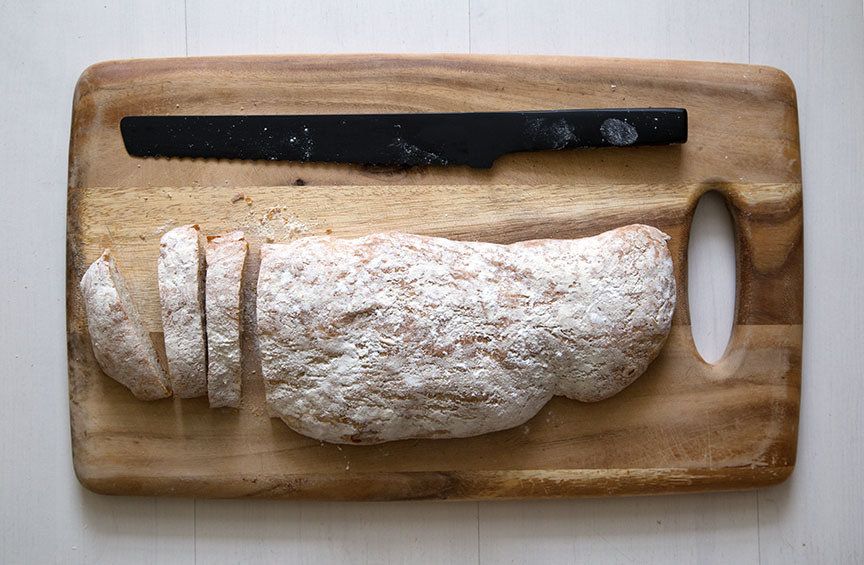
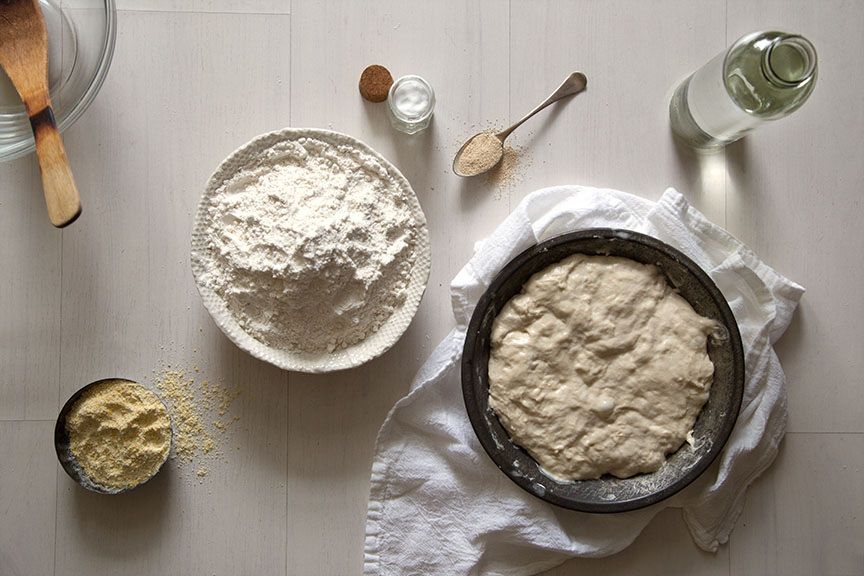
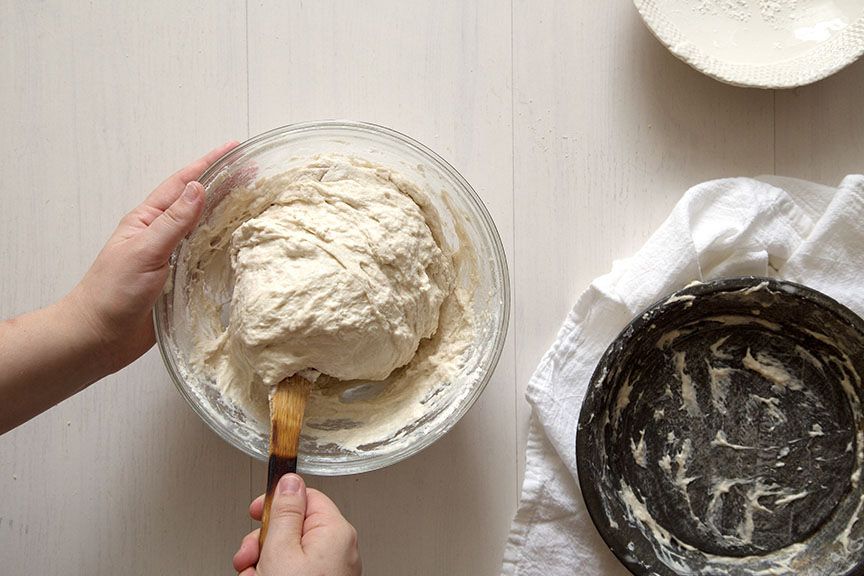

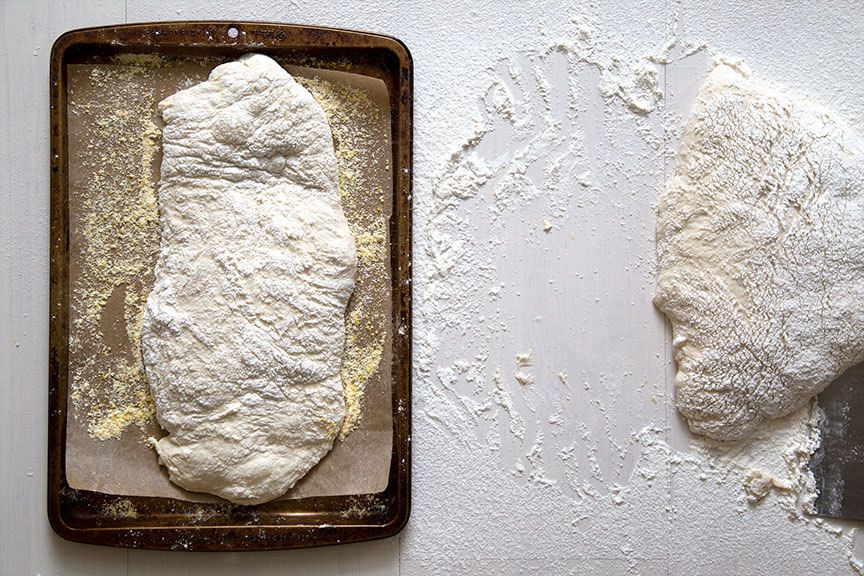
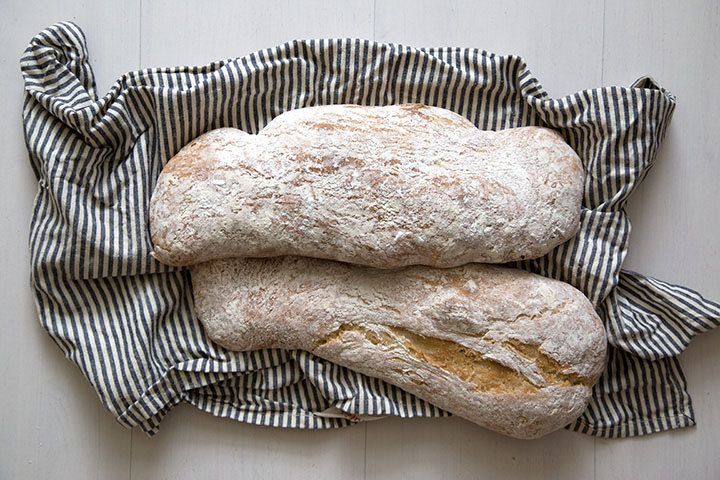

See what other Food52 readers are saying.